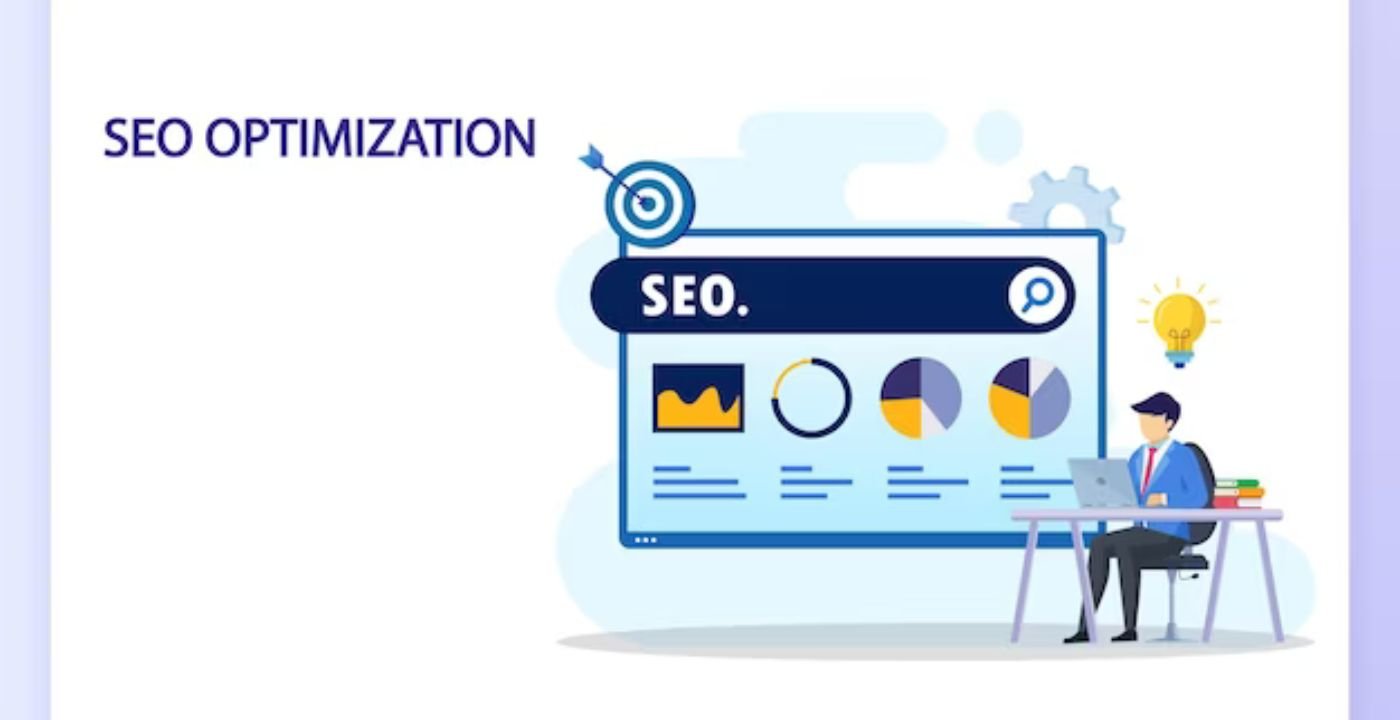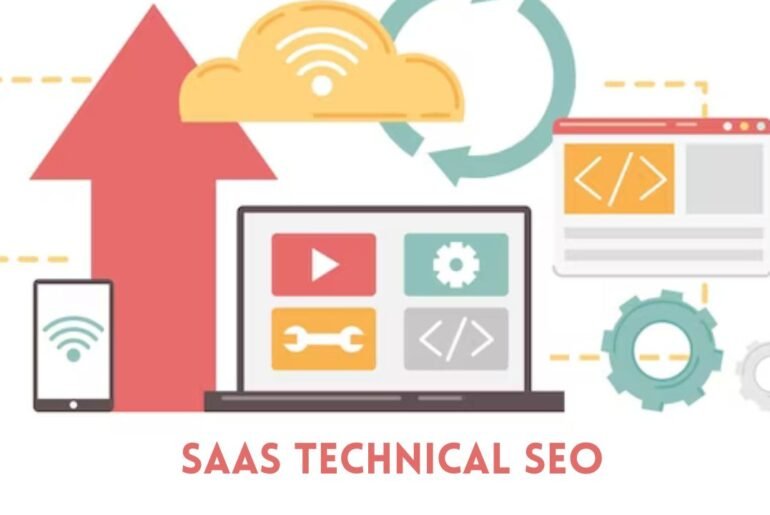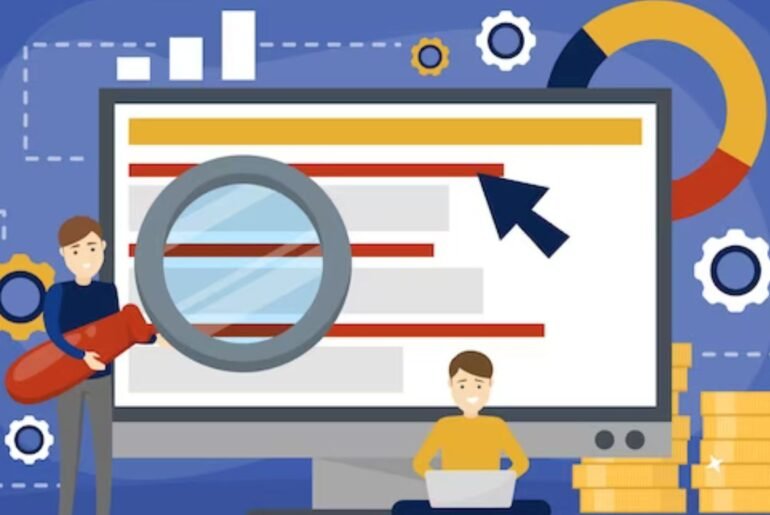"Transform Your Website into an SEO Powerhouse – On-Page Technical SEO: Your Competitive Advantage."
On-page technical SEO is a important part of the ever-changing world of SEO(on page ,off page, technical) that can greatly effect your website’s performance and visibility on search engines. In this guide we will discuss in detail what is on page technical SEO, the key elements of on page technical SEO and how they can help increase the rankings of your website.
What is On Page Technical SEO?
On page technical SEO refers to the optimization of individual web pages to make them more search engine-friendly and user-friendly. This involves fine-tuning and changes and setting of various elements on your website, such as content, HTML source code, and other on page elements, to ensure that search engines can easily understand your content, rank it effectively, and users can navigate it with ease.
Why On Page Technical SEO Important?
It is crucial because it ensures that search engines can effectively crawl and understand your website’s content. This, in turn, improves your website’s chances of ranking higher in search results, which leads to increased visibility on SERPs and organic traffic. It also contributes to a better user experience, as pages load faster and are more user-friendly, which automatically enhancing your website’s overall performance.
Key Elements of On Page Technical SEO
There are some key elements that we should consider for this SEO. This will help Crawler to crawl our websites and improve our website ranking on SERPs.

Keyword Optimization
Keyword optimization in on page technical content SEO is the strategic use of carefully selected keywords across the content of your website, including titles, headers, meta tags, and image alt text. This method helps search engines to evaluate the relevancy of your material to certain search terms, which leads to greater search engine ranks. The idea is to create a balance between using keywords naturally and avoiding overuse, as term stuffing is considered spam by search engines. Effective keyword optimization also includes the use of related terms known as LSI keywords, which add context and depth to your content. It’s an important part of the overall plan for increasing your website’s exposure and attracting organic traffic .
Title Tags and Meta Descriptions
Title tags and meta descriptions are critical components of on page technical SEO. The title tag of a web page is the title that appears in search engine results. To attract clicks and enhance rankings, it should be brief, descriptive, and include relevant keywords. In search results, meta descriptions, on the other hand, provide a concise summary of the page’s content. They should be engaging, feature keywords, and entice users to visit your website. Optimizing title tags and meta descriptions increases click-through rates, helps people understand the relevancy of the content, and ultimately improves the user experience.
Header Tags (H1, H2, H3, H4)
Header tags (H1, H2, H3, H4) are important on page technical SEO features that structure and arrange your content. The H1 tag represents a page’s main title or heading and should include primary keywords to alert search engines to the topic. H2 tags are used for subheadings, dividing text into sections, while H3 and H4 tags further separate and identify the information structure. Proper use of header tags not only improves user readability but also helps search engines understand the structure and context of the material, contributing to higher rankings and a more structured user experience.
Image Optimization
Image optimization includes compressing picture files without sacrificing quality, which improves page load times and user experience. Images that have been properly optimized should include descriptive alt text with relevant keywords, improving access and SEO. Images that are compressed and properly formatted not only make your website faster, but they also boost your chances of ranking higher in search engine results pages, drawing more organic traffic.
URL Structure
URL structure refers to the organization and presentation of web addresses. A URL structure that is SEO-friendly is brief, descriptive, and incorporates relevant keywords, making it easier for search engines and users to grasp the page’s content. Avoid using long, complex URLs with unnecessary parameters and symbols. Instead, use hyphens to separate words and maintain a logical structure. An optimized URL helps not only search engine results, but also user experience and click-through rates because people can easily identify the content they are seeking for based on the URL.
Mobile Optimization
Mobile optimization ensures that your website displays and performs properly on mobile devices. Because smartphones are becoming more popular, search engines prefer mobile-friendly sites in their rankings. Mobile optimization includes responsive web design, which adjusts the layout and content to fit different screen sizes, making navigation simple and material readable. It also requires optimizing mobile page loading speed, as slow-loading pages can turn off users and affect SEO rankings. Adopting mobile optimization increases not just search visibility but also the overall user experience, resulting in more visitors to your site.
Page Loading Speed
Page loading speed determines how fast a webpage loads for users. Faster loading times increase not only user experience but also search engine rankings, as search engines prefer websites that give a quick and responsive experience. Tools such as Google PageSpeed Insights can assist in identifying and addressing speed issues. Prioritizing page loading speed makes your website more competitive in search results and ensures that visitors have a seamless, engaging experience, which leads to increased traffic and conversions.
Structured Data Markup/ Schema Markup
Structured data markup, often known as schema markup, is an important component of on-page technical SEO. It involves adding particular tags to the code of your website in order to provide additional information about your content to search engines. This helps search engines in better understanding the context of your material and can result in rich results in search engine listings, such as featured snippets and knowledge sections. Structured data makes your website more visible and engaging in search results, which can increase click-through rates and improve your SEO performance.

Internal Linking
Internal linking is an important practice in technical SEO on-page. It involves creating internal links on your website that connect one page to another. These connections help search engines in understanding the organization and relationships between your site’s pages. Internal linking improves user navigation, distributes link authority across your website, and can increase the visibility of older or less-visited material. Internal linking, when done effectively and with appropriate anchor text, can increase search engine rankings and improve overall user experience, making it easier for users to access valuable material on your site.
Content Quality and Relevancy
On-page technical SEO depends primarily on content quality and relevancy. Well-researched, interesting, and helpful content is more likely to attract and keep users, lowering bounce rates and enhancing SEO rankings. Relevance is also important; content should be relevant to the user’s search intent and include keywords related to the issue. Combining quality and relevance ensures that your pages not only appear higher in search results, but also provide a valuable and significant experience to your audience, which can lead to greater organic traffic and higher conversion rates.
XML Sitemaps
XML sitemaps are an essential component of technical SEO on-page. They act as a road map for search engines, listing all of the pages on your website. By developing and sending an XML sitemap to search engines like Google, you may improve the efficiency with which your site’s content gets discovered and indexed. This improves your pages’ visibility in search results, making it easier for users to find your material. Furthermore, it assists search engines in understanding the structure of your site, which might improve your ranks. An XML sitemap is a must-have tool for optimizing your website’s overall SEO performance.
Conclusion
Finally, On page technical SEO is the foundation of a strong online presence. You may increase your website’s visibility in search results and overall user experience by optimizing elements such as keywords, header tags, picture quality, mobile responsiveness, URL structure, and page loading speed. Quality and relevancy of content remain at the heart of these efforts, improving organic traffic and engagement. Strategic internal linking, structured data markup, and XML sitemaps improve the performance of your site. Adopting these techniques ensures that your website is not only search engine-friendly, but also user-friendly, which leads to higher ranks, increased traffic, and, ultimately, a more effective online presence.





